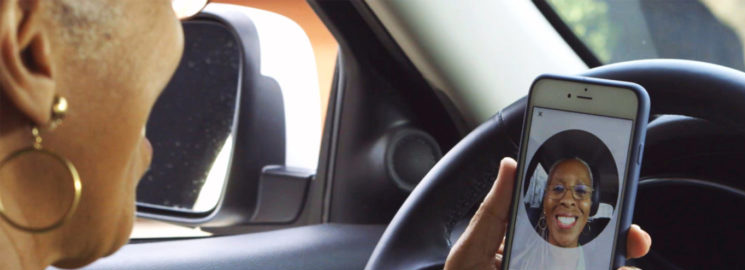Last week, Apple introduced a new flagship phone — the iPhone X — with a powerful new biometric face recognition login system. Because of this phone’s all-glass front it now leaves no room for a home button and therefore Apple is has now removed the Touch ID finger print scanner in favor of a new facial recognition system powered by a new camera array and a specially modified biometric chip. Because Face ID is a new biometric system, this raises serious questions about it accuracy, surveillance, and user privacy.
To start off with, what is face ID scanning and how does it work?
Face ID is a facial scanning technology that Apple has now implemented into its new phone as a biometric identity replacement for the Touch ID finger print scanner.
What’s so interesting about this new technology is that Face ID uses a system of neural networks that Apple is calling their “bionic neural engine” to help scan and process the facial recognition data.
Using the front facing camera, a dot projector projects more than 30,000 invisible dots onto your face to map its structure. The dot map is then read by an infrared camera and the structure of your face is relayed to special bionic chip in the phone and transformed into a mathematical model. This chip then compares your facial structure to the facial scan stored in the iPhone during the setup process. As with Touch ID, if there is a match between the two face scans, the phone will unlock.
How secure is this new face scanning technology?
Like their fingeprint scanner, all of the face data will be stored inside a secure place on the phone– a special part of the system that’s not accessible even to the rest of the phone – and so it will never leave the device or find its way to Apple. Apple says their older Touch ID fingerprint sensor – which has been broken into before, but not regularly – has an accuracy of about one in 50,000. That means that if you gave your phone to 50,000 people, one of them would be expected to have a fingerprint close enough to yours that they could use it to break into your phone. With Face ID, that number is one in a million, Apple says. So much more secure.
What will this face scanner be used for?
In terms of security, the Face ID sensor will work just like the Touch ID one so you’ll be able to use it to unlock your phone, make payments and open specific apps, though some of those uses might occasionally ask for your passcode instead.
But the same “TrueDepth” used in the face scanning technology also means that the phone can use the facial mapping features once it is unlocked and as a result, it can apply highly accurate filters to your face, for instance, or turn your face into an emoji that tracks your facial movements.
This facial scanning technology will no doubt up the door to a multitude of other uses such emotion tracking technology to monitor your wellness along with having much better and more reliable tools for law enforcement. Credit card companies are now touted this new face scanning technology by saying “selfies are the new security.” So, I think its here to stay and time will tell.


Leave a Reply